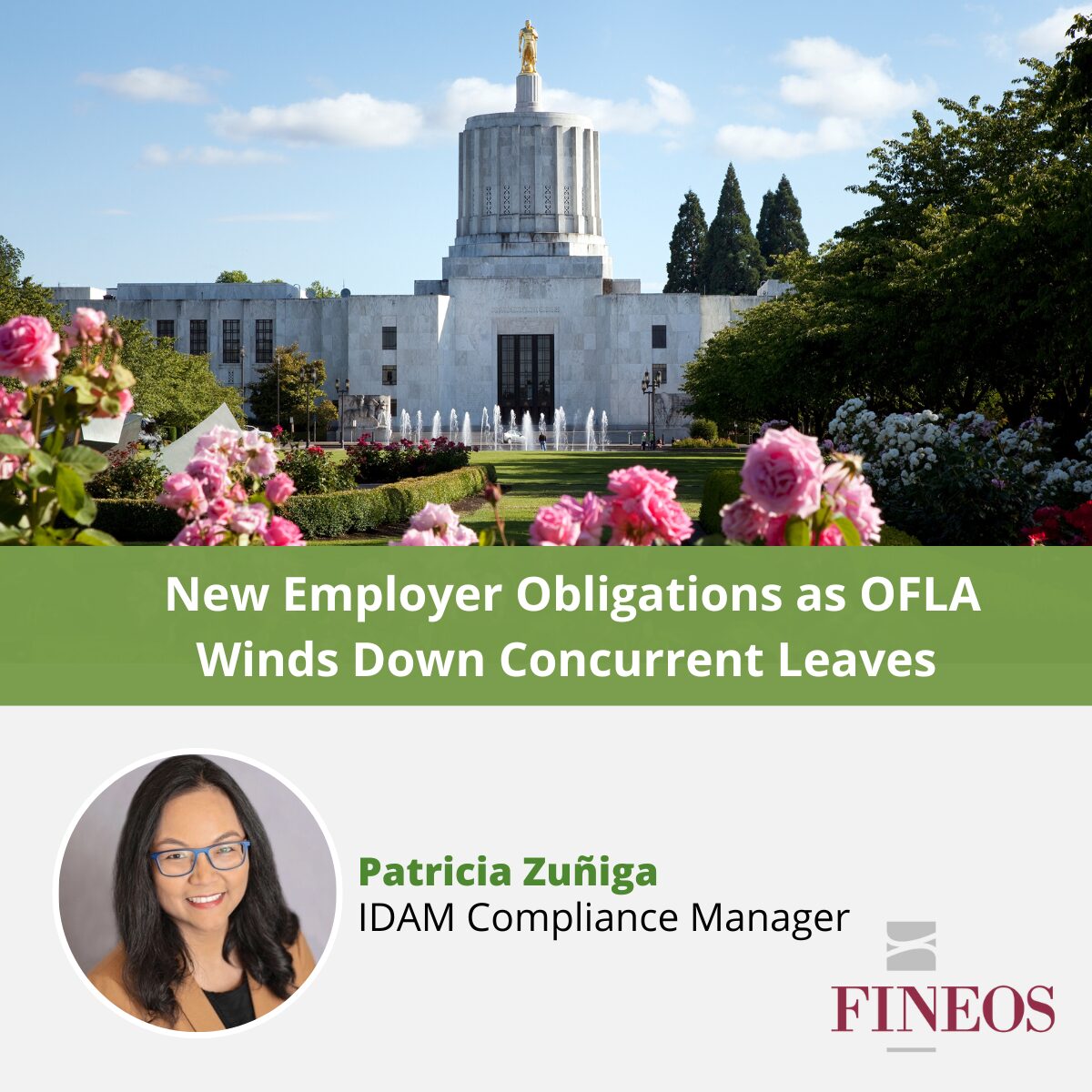We last wrote to you about the market’s increased demand for benefits, claims solutions, and an improved customer experience through technology in group and voluntary insurance. These themes echo through statutory benefits. While the continued evolution of paid family and medical leave (PFML) is undoubtedly the leading story of 2022, the steady push to expand other offerings to round out an employee’s statutory right to work/life balance continues into this new year.
New leave legislation continues at a heady pace, powered by what has come to feel like a tidal wave of PFML programs. This tide began to swell in the late 2010s, which saw the crashing waves of statutory paid sick and safe leave laws amounting to over 40 in a short time. On the tail of that, pregnancy accommodation laws had their moment, with more than 30 enacted across the country. While those laws certainly made an impact on both the industry and the lives of employees, they also set the stage for the momentum that followed.
Impact of Paid Family Leave (PFL)
PFL impact on employers and employees continues rise
Prior to 2018, when New York Paid Family Leave broke onto the scene, paid family leave (PFL) benefits were nonexistent, or achieved through a few largely state-administered programs (i.e., CA Paid Family Leave, NJ Family Leave Insurance, RI Temporary Caregiver Insurance). Since then, the pace of new comprehensive PFML programs has steadied. Particularly with new voluntary, policy-driven models coming out of New Hampshire, Vermont, and Virginia, support for a variety of PFML models continues to swell across the political spectrum. There is no debate that PFML programs have benefited employees, but as more programs grow roots, benefits to employers are also evident. A December 2022 study by the National Bureau of Economic Research examining California’s PFL program revealed that access to the program significantly increased the likelihood that women with a spouse who is seriously ill will remain employed, reducing the costs of attrition and retraining for employers.
State Plans for Paid Family and Medical Leave (PFML)
New and expanding PFML state plans
Between laws passed in 2022 and those becoming effective at the start of 2023, we’ve seen five new programs enacted, including Maryland and Delaware, and the expansion of four more: New York, Rhode Island, Washington and Washington, D.C. Meanwhile, two states with laws poised to take effect in 2023 and 2024, Oregon and Colorado respectively, began rolling out regulations to prepare.
More states enact voluntary Paid Family and Medical Leave (PFML)
While 2021 saw New Hampshire become the first state to enact a voluntary state-regulated PFML program, 2022 brought two additional programs with a similar approach — Vermont and Virginia. With this new paradigm of PFML programs, we are poised to see states making a choice as we move forward: will they follow the existing path laid out by traditional programs such as Massachusetts, Connecticut, and Oregon, or will they explore the new voluntary route?
3 states to watch across voluntary and traditional PFML legislation
While we saw proposals for new PFML programs nationwide over the last legislative season, three have recently percolated to the top of the watch list for 2023.
- New Mexico’s Paid Family and Medical Leave Task Force returned its Report and Recommendations to the New Mexico Legislature.
- The Maine Commission to analyze the establishment of a PFML benefits program is expected to release results soon.
- Two paths to PFML have been introduced in Minnesota: one is a voluntary offering while the other would follow the more traditional structure. Democratic leaders in the state legislature have declared this issue to be a top priority, so we will be keeping a watchful eye on the state.
Unpaid leave expands, too
States continued to add to their unpaid leave entitlements in 2022, to expand upon an employee’s right to take leave for key life events. Some of the highlights include:
- Connecticut passed a new leave for domestic violence.
- Illinois expanded its bereavement law to cover more family members.
- California enacted leave for bereavement, and expanded existing California Family Rights Act to cover leave for a designated person, plus a parent-in-law.
- Alabama enacted leave to bond with a newly born or adopted child.
3 cities enact new leave
On the municipal level, large cities added new leave entitlements of their own, including San Francisco leave for an air quality emergency and paid sick leave laws in Bloomington, Minnesota, and West Hollywood, California.
PFML and the Government
Federal government gets in on the activity
Late in the year, President Biden signed the Civilian Reservist Emergency Workforce (CREW) Act, providing USERRA leave rights to Federal Emergency Management Agency (FEMA) Reservists while they are deployed to disasters, emergencies, and critical trainings.
And just as the year expired, the federal Pregnant Workers Fairness Act and PUMP Act were signed into law, providing enhanced federal protections for pregnant employees.
Moving into 2023, we are watchful for a paid sick leave initiative coming out of Congress. The issue has come into sharp focus in the railroad workers’ strike discussions. President Biden has signaled that he favors enactment of a program on the federal level with broad employer/employee coverage.
Moving forward
2022 was a year of continued progress, but also a year of scrutiny. Legislators didn’t just rubber-stamp the same templates we’ve seen in the past: they are taking a hard look at creative options and analyzing what is best for their specific constituencies. Whether voluntary offerings in New Hampshire, Vermont, and Virginia represent a new guard, or a temporary diversion from the norm remains to be seen. What is clear is that enhanced benefits — whether in the form of statutory paid leave, incentivized voluntary benefits, or greater unpaid benefits — continue to be a priority across the country.
FINEOS and Paid Family Medical Leave
How is FINEOS helping carriers and employers prepare for new leave laws?
FINEOS will be ready to administer the changes by their effective dates. Using modern insurance technology solutions like the FINEOS Platform can help insurance carriers remain agile and competitive when leave legislation passes. Learn more about how a modern, integrated disability and absence management (IDAM) solution can help your organization adapt to sudden changes and remain in compliance.


